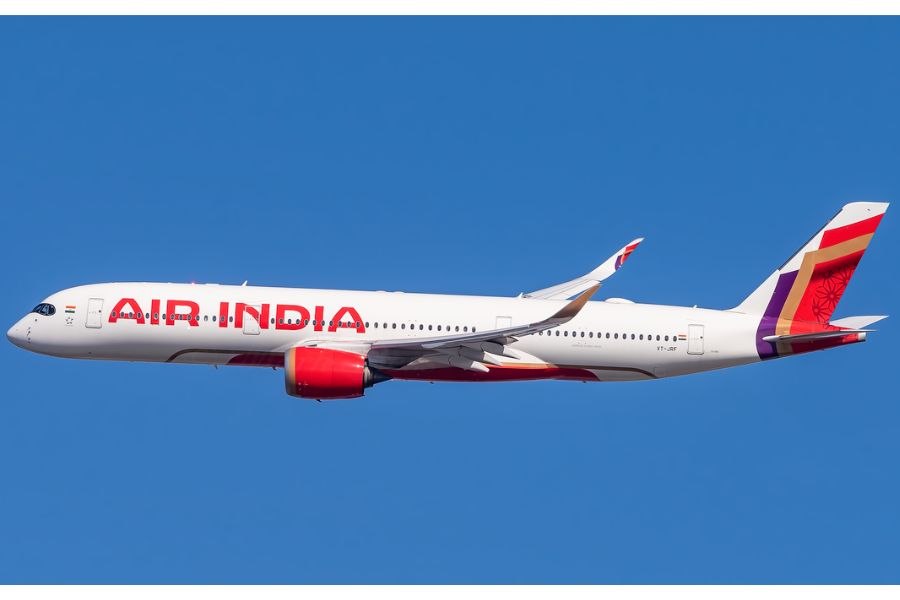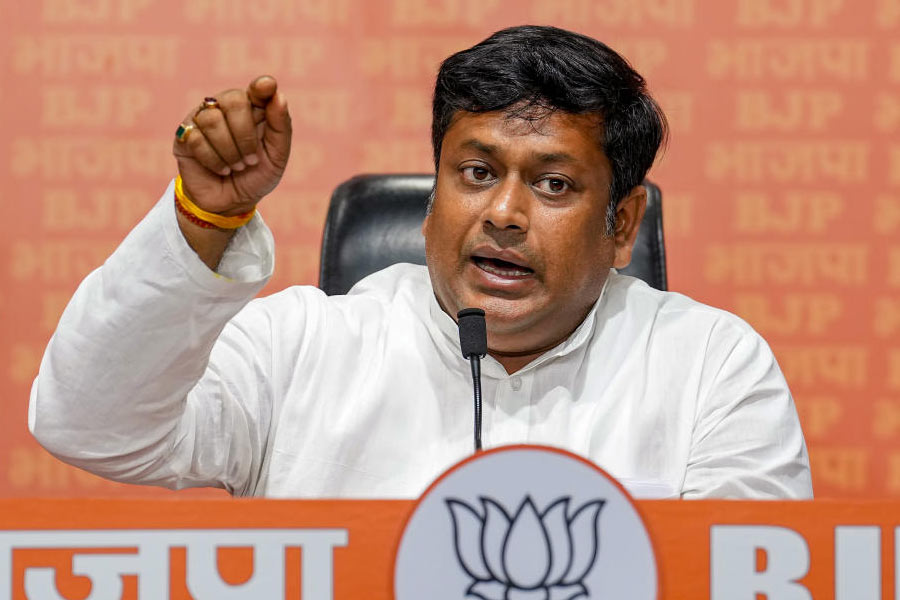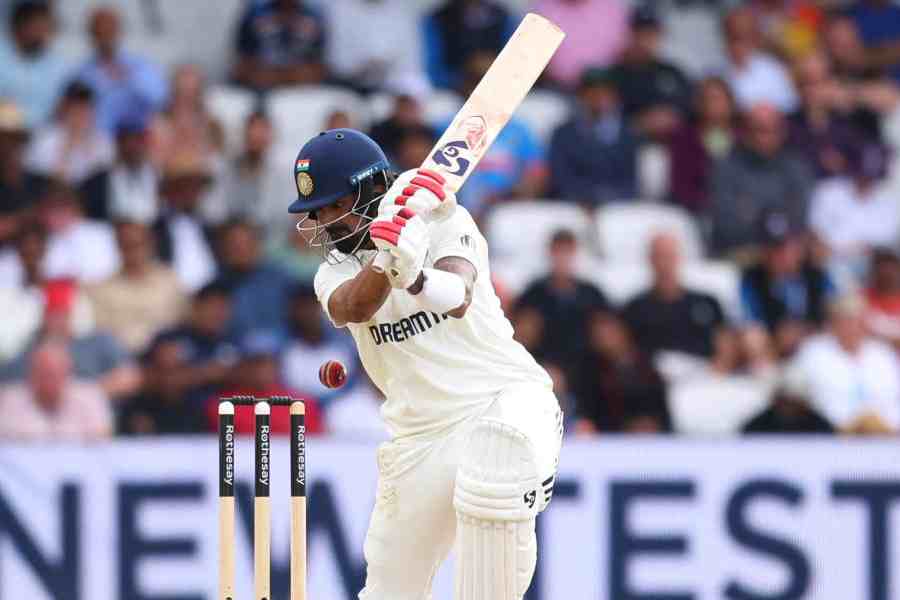 |
Sweeping visuals of the river, ships and ferries anchored to its shore, sprawling tea gardens, tea pickers with their baskets, gorgeous women in traditional attire dancing the Bihu and compulsory pictures of the wildlife in Kaziranga — these are some images that one would immediately expect to see in a book of photographs of Assam and the Brahmaputra. All of these visual facets can be found in Ranjita Biswas’s new book, BRAHMAPUTRA AND THE ASSAM VALLEY (Niyogi, Rs 1,495), the photographs for which have been provided by Prasanta Sarkar. Unfortunately, in terms of photographic documentation of “the braided river” and the state that Swami Vivekananda had said was the most beautiful place in India “next only to Kashmir”, there isn’t much beyond the visual template that has already been outlined.
Most of the photographs are amateur at best. Some, like the panoramic shot of a tract of land in Majuli — the “island of serenity” situated at the heart of the Brahmaputra — are disturbingly out of focus in crucial parts of the frame. In others — such as the sweeping view of Goalpara or the sunlight-dappled image of tea bushes — the blurred edges and hints of pixellation suggest a substantial zooming in of the camera lens that could evidently not be camouflaged in the reproduction of the photographs. Moreover, the captions provided with the pictures rarely aid in heightening the visual experience — the words, “Autumn has an ‘orange’ glow in the Mishmi hills” accompanies a poorly-lit, blurred image of a few green oranges in the first stages of ripening.
The only thing that makes this book worth one’s while is the text provided by Biswas. Her research is meticulous, and the wealth of detail she presents turns this body of work into a veritable handbook for travellers to the state and the valley. The idea of Assam as ‘home’ is evoked in the lines of a song by the noted Assamese poet, Jyoti Prasad Agarwala, that Biswas uses as a preface to the book — “Mor heroa gane shure/ Luitporiar ghore ghore/ Hanhi mati phure” (“My lost song, my missing melody/ I find them echoing happily/ In the homes on the bank of Luit”). Luit is a softer version of ‘Lohit’, the name that the people of Assam like to use for the Brahmaputra. Biswas quotes the scholar, Birinchi Kumar Barua, when she says that “The history of Assam in general is the history of the Brahmaputra Valley plus the hills that dot and surround it... Assam’s whole history and culture are intimately connected with the Brahmaputra”. She points out that even though the Assamese people view the river as a “mother who sustains”, the Brahmaputra — the name literally means “son of Brahma” — is regarded as one of the few “male river[s]” in India. Biswas traces its flow, in the course of its “650-km journey through Assam”, from the pilgrimage spot, Parasuramkunda, in Arunachal Pradesh, and Sivasagar through to Majuli, Kaziranga, Tezpur, Guwahati and Goalpara. The photograph of fishermen in a boat wrapping up for the day as the sun sets in a mellow haze (right) captures wonderfully both a sense of the vastness of the mighty river and the calm it evokes. The author’s decision to focus her narrative around a few chosen centres aids in tidying up the text a great deal; her presentation of the region’s historical, cultural and socio-economic contexts is lucid and free-flowing, in spite of being packed with detail.
However, the precision of Biswas’s research and her obvious expertise are heavily tinged with a deep sense of awe: it points more to a deep fascination for the region, its people and its history than it does to a love for it. The photographs, too, have as their subjects common motifs that make up a pictorial tradition specifically perpetuated to draw tourists. It is disappointing that in the section about Kaziranga, occupying pride of place among smaller pictures of elephants, deer and the Asiatic buffalo — most of which are dull and blurry — is a large image of tourists taking elephant rides in the reserve. Interestingly, there are none documenting the people of the area, such as the Karbi population.










